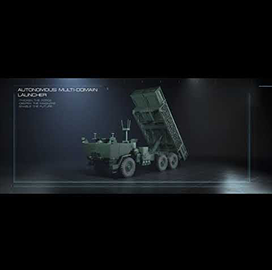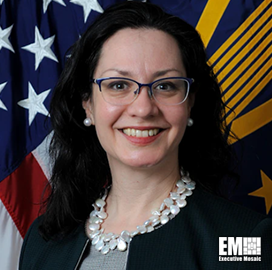Defense Secretary and 2021 Wash100 Award recipient Gen. Lloyd Austin said at a Senate Appropriations Committee hearing the U.S. should put more money into technology research, deployment and repurposing efforts to confront China's pacing challenge, DOD News reported Thursday.
Austin told panel members that President Biden's $715 billion defense budget request for fiscal year 2022 would continue to fund traditional space, aircraft and shipbuilding programs at the Department of Defense (DOD). He added that allies and partners across the globe will play a role in the country's asymmetric advantage goal.
"I would just tell you that one of the strengths of the United States of America is that we have a lot of allies and partners who want to work with us," the defense secretary said.
Gen. Mark Milley, chairman of the Joint Chiefs of Staff and four-time Wash100 Award recipient, told the same committee that investment efforts in the proposed FY 2022 DOD budget and the department's joint warfighting concept “will pave the way for a Joint Force of the future.”







